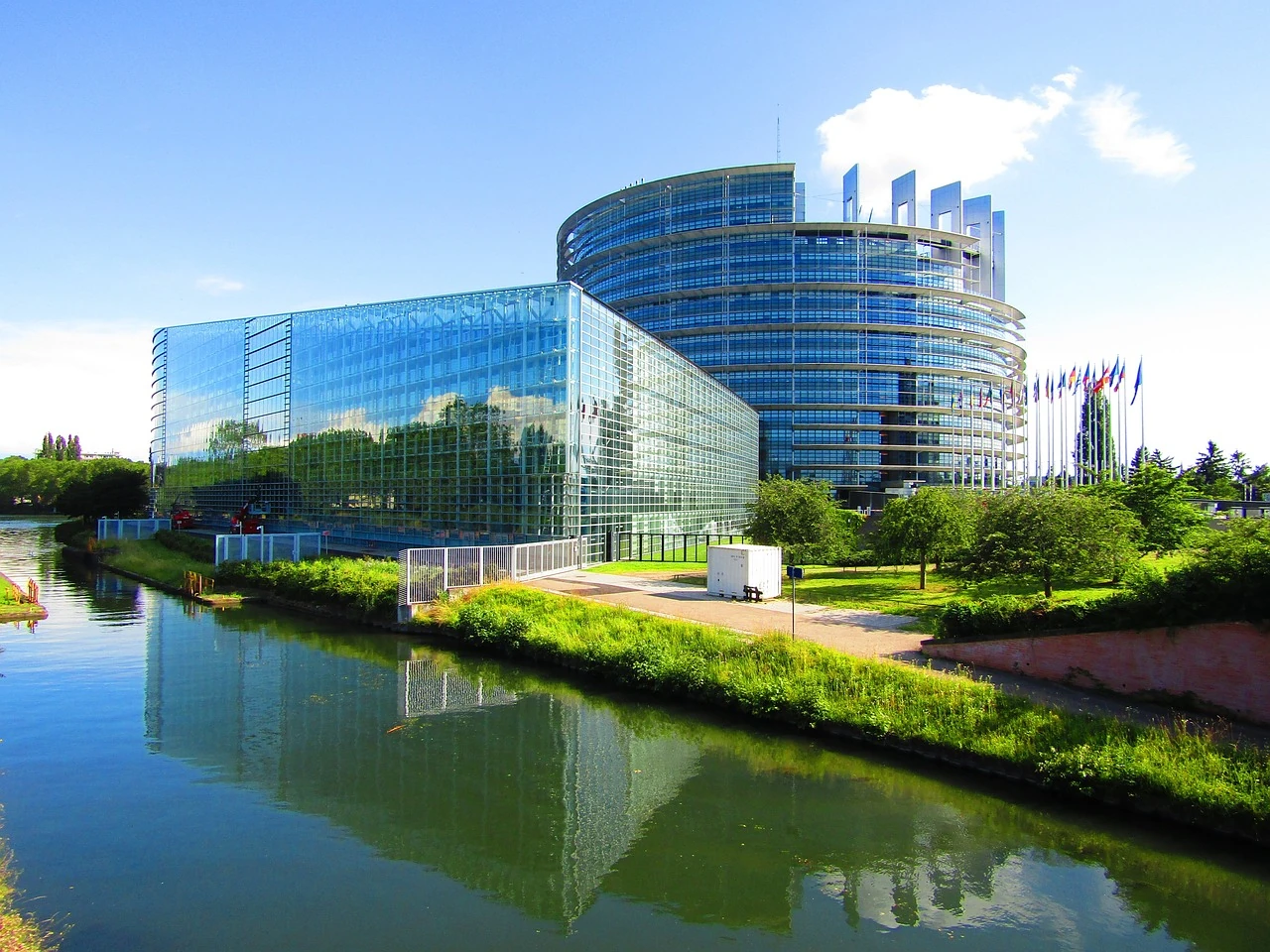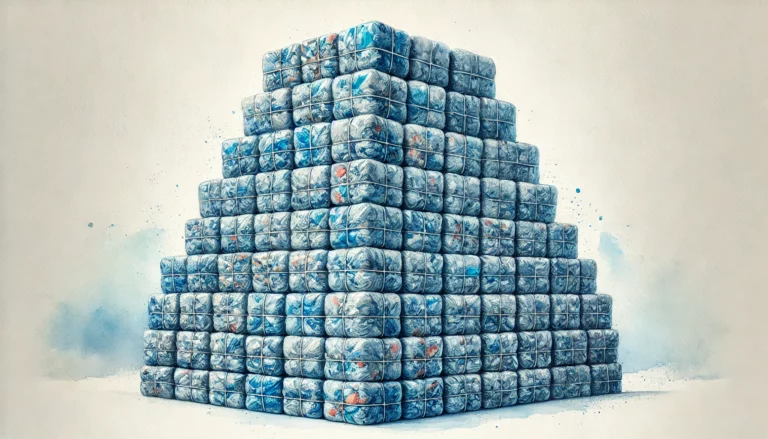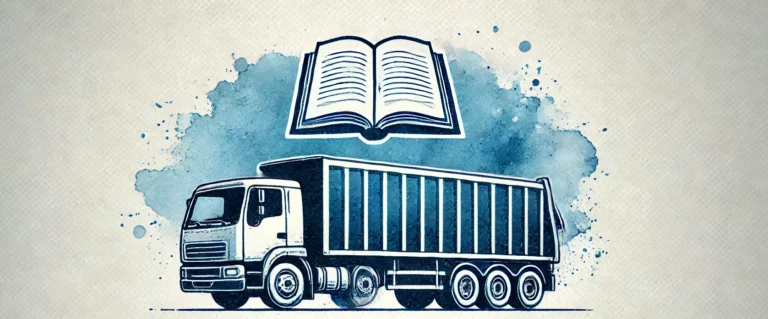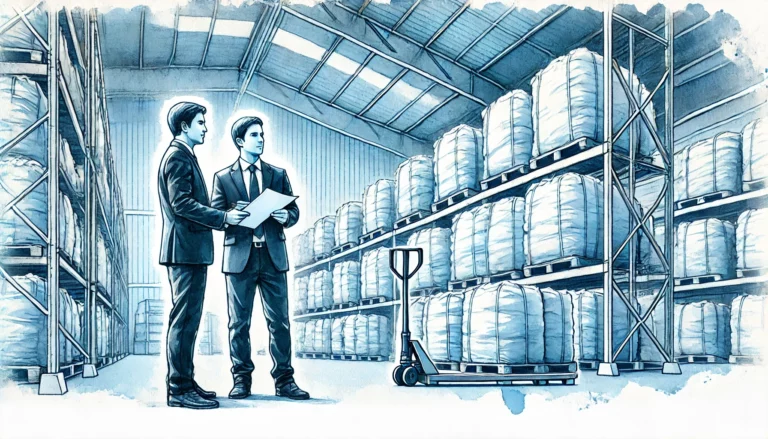What the future holds for textile waste in Europe?
Facing a staggering 12.6 million tonnes of textile waste annually, the European Union is stepping up with bold reforms aimed at transforming waste management. This initiative marks a pivotal shift towards sustainability, promising a future where fashion’s footprint is significantly reduced. Dive into how the EU plans to weave a greener tomorrow through innovative recycling and legislative action.
In the heart of Europe, a pressing environmental challenge looms large: the management of an overwhelming 12.6 million tonnes of textile waste generated each year. A significant portion of this waste, which includes clothing, footwear, and various household textiles, finds its final resting place in landfills, incinerators, or foreign shores, contributing to an ever-growing ecological footprint. This issue is magnified by the startling fact that each EU citizen contributes approximately 12 kg of textile waste annually, with a mere 22% being recycled or repurposed.

Why the textile waste recycling is challenging?
The intricacies of textile recycling, hindered by the diverse composition of materials ranging from natural fibers like cotton and linen to synthetic polymers such as polyester and nylon, pose a significant challenge. The process demands a meticulous separation of these fibers, a task essential for the efficient recycling of both natural and synthetic materials.
Recognizing the urgency of the situation, the European Parliament has taken decisive action, endorsing a suite of robust measures designed to mitigate the textile waste crisis. Central to these reforms is the ambition to shift the burden of responsibility onto producers, compelling them to play a pivotal role in waste reduction efforts. This legislative initiative is part of a broader strategy to overhaul the EU’s approach to waste management, emphasizing the importance of sustainability and environmental stewardship.
No time to waste
A key proposal set forth by MEPs is the establishment of dedicated systems for the separate collection of textiles in municipal waste streams by January 2025. This initiative seeks to align the treatment of textiles with the existing protocols for plastics and metals, facilitating their efficient sorting and recycling. Items such as clothing, accessories, linens, and even mattresses are included in this directive, underscoring the comprehensive nature of the EU’s approach to textile waste.
The journey towards implementing these transformative policies is marked by critical milestones, including a pivotal plenary session of the European Parliament scheduled for March 2024. Following this, negotiations with EU member states will commence, aimed at forging a consensus on the proposed legislative framework. This process highlights the collective resolve of the EU to confront and overcome the challenges of textile waste management.
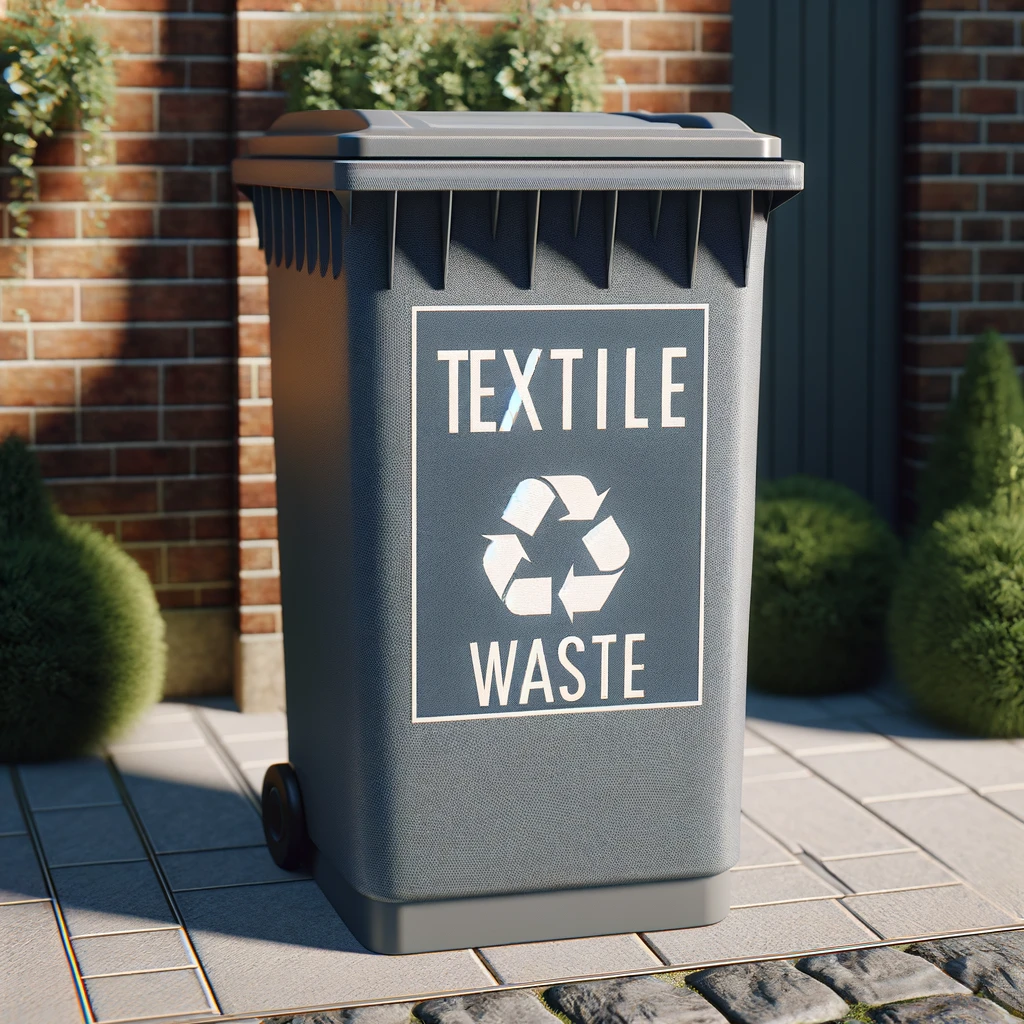
In summary, the European Union’s legislative efforts to enhance textile waste management represent a significant leap toward environmental sustainability. By prioritizing the reduction, recycling, and responsible disposal of textile waste, these measures promise to pave the way for a greener, more sustainable future. As these reforms unfold, the spotlight is on the collective action required to transform the landscape of textile waste management, underscoring the EU’s commitment to environmental conservation and sustainability.

